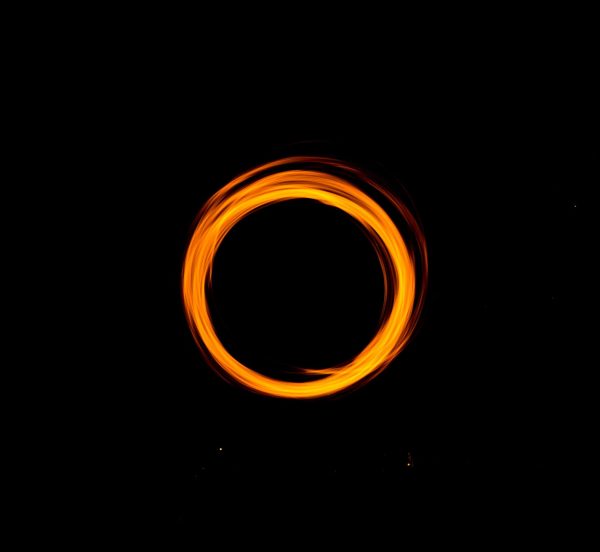The FAST Eye of Heaven
After years of construction, one of the world’s most technologically advanced telescopes is now complete.
October 8, 2016
China’s Five-Hundred Meter Aperture Spherical Radio Telescope, or FAST for short, went into operation on September 25 after five long years of construction in the southwestern province of Guizhou. The Chinese also call it the “Eye of Heaven” because of the telescope’s large dish-like shape, or aperture. In fact, FAST is now the second largest single aperture telescope in the world, measuring at a diameter of 500 meters (the first is RATAN-600, in Russia). The telescope is said to incorporate the usage of several subsystems to assist in finding life on other planets.
One of these subsystems is the active reflector system that reflects light in order to allow the telescope to actually view items. This particular system also is designed to keep the telescope from collapsing on itself, which it successfully manages to do via composing the system of roughly 7000 components of steel cables, actuators, ground anchors, etc. The real heart of the reflector system comes from the reflecting panels themselves, of which there are roughly 4600 of in order to reflect waves toward the telescope to allow readings to be picked up. However, even though the telescope is located in a “Radio-Quiet” zone (a zone where all devices that emit radio waves are banned due to interference), pollution is a possibility with the telescope. As such, FAST is equipped with two shields that complete the structure of the active reflector system: one for noise, and the other for wind.
The feed cabin suspension system supplements the reflector system with its own structure. Six support towers that are actually built into the mountain that FAST is a provide more structure to the telescope. These support towers also provide power and protection from physical problems like lightning strikes, and cable failure. The system also allows the telescope to be properly adjusted in terms of range and lighting in a manner similar to a fine tuning knob on a microscope.
Even though there is quite a bit to admire in the structure of FAST alone, most are probably reading this article in order to find out what will FAST do. Unfortunately, scientists don’t know yet. FAST will undergo several years of testing before it becomes fully in-service; it was only announced to be operational because it had achieved a stage called first light, when the telescope was successfully able to bring back readings from space. Think of it as beta testing a video game before it goes into public release; China is beta testing FAST before scientists from all over the world are able to visit the telescope and use it to potentially find new life from throughout the galaxy. We’ll just have to wait, and hope that this eye can see something that we would have initially assumed as one word: impossible.













